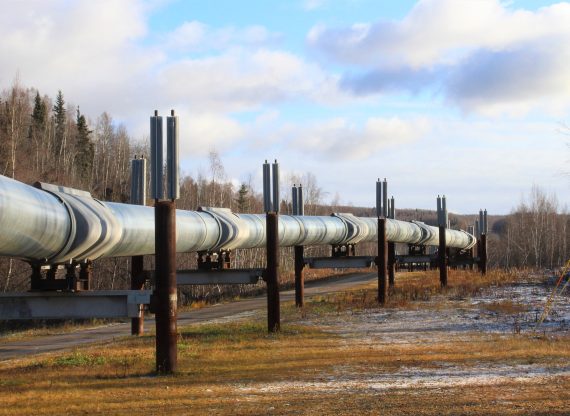Canada’s plan for climate change needs to use all the tools in its artillery

Climate change demands immediate action, and there’s no shortage of discussion about emissions reduction. Indeed, climate policies and pledges are flowing left and right leading up to the federal election. However, largely absent from the mainstream dialogue on the shifting energy landscape is any pragmatic talk about the productive use of carbon emissions.
That’s right—rather than just reducing, we can use carbon emissions as a building block for other industrial processes and products. On the surface it’s rather simple: by taking more of the carbon from these processes and using it as a feedstock, we decrease the amount released into the atmosphere.
Take for example the chemical industry. With no alternatives to carbon as a raw material to fuel production, there is enormous benefit to be had from the capture and use of carbon to make sustainable, value-added synthetic fuels to replace some of the need to refine hydrocarbons from underground. By making liquid fuels that can take the place of diesel and gasoline, we are substituting a carbon-neutral process for a carbon-intensive one. Although this only locks in carbon until the synthetic fuel is combusted, it ultimately reduces net emissions.
And there are more ways to use CO2. Take for example everyday products that act as storage, with emissions captured from the air and then processed into a powder before being incorporated into things like yoga mats, crayons, and planters. Perhaps a more well-known example is concrete – essential for construction, a centrepiece for making housing more affordable – which uses emissions in numerous different ways, with opportunities for larger scale deployment. There are Canadian companies already using and growing these kinds of technologies that could keep carbon out of the atmosphere for a century or more.
Essentially, rather than exacerbating climate change, carbon emissions can become a useful feedstock.
This is all part of the emerging concept of a circular economy—one based on the elimination of waste and pollution, the circulation of products and materials, and the regeneration of nature. In contrast, the linear economy that dominates the global industrial systems since the Industrial Revolution sees carbon extracted, produced, distributed, and consumed before being discarded—both as solid waste and in the form of gaseous emissions.
The three Rs of the circular economy—reduce, reuse, and return—were endorsed at the G20 Energy Ministers’ meeting in 2020 as being “a holistic, integrated, inclusive, and pragmatic approach to managing emissions.” As such, productive uses of carbon after their capture has a part to play in a resilient, sustainable system.
Of course, historically, entrepreneurs have generally sought ways to make productive use of by-products. In fact, gasoline itself was once considered a waste by-product and discarded.
It’s notable that Canada is already considered a global leader in carbon capture, and there is immense potential in the processing of industrial emissions into sustainable, value-added biofuels and products. Alternative uses for carbon need to be a bigger part of the discussion. Our need for carbon can be balanced with climate protection, innovation, and resource conservation. Ultimately, we need to take a more nuanced view of how to reduce GHGs in the atmosphere, and using emissions as a feedstock for other products is a pragmatic approach Canadians should be aware of.
Krystle Wittevrongel est analyste en politiques publiques à l’IEDM. Elle signe ce texte à titre personnel.

